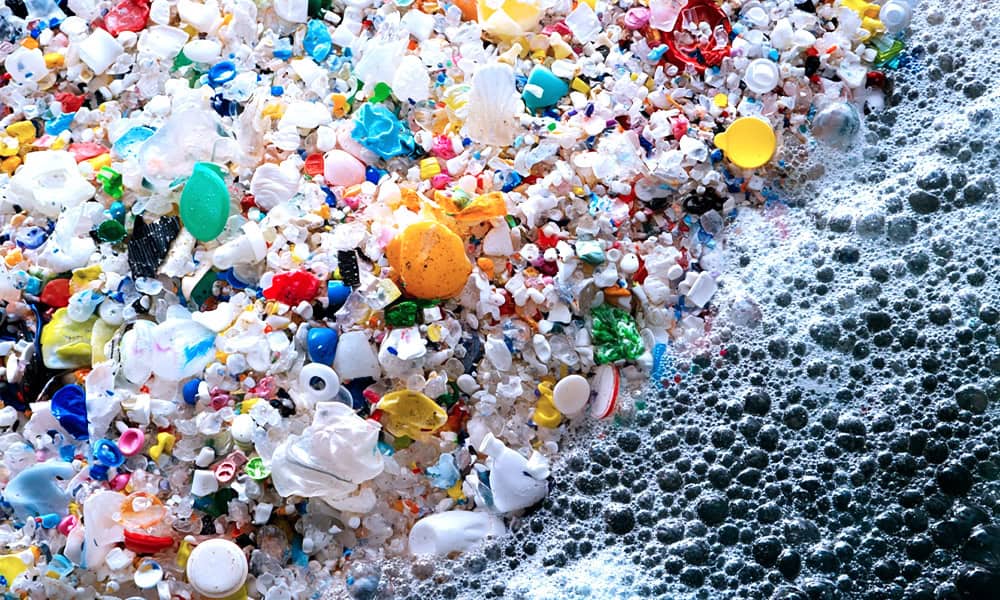On Costa Rica’s Pacific and Caribbean beaches, an environmental crisis is emerging: microplastics. These tiny plastic fragments, originating from marine debris and consumer products, pose a growing threat to marine ecosystems and human health. This is the focus of “Under the Sand: The Impact of Microplastics,” a study that maps the distribution of microplastics while raising public awareness and encouraging citizen participation in mitigating the problem.
This pioneering study, supported by the Center for Marine Science and Limnology Research (CIMAR), aligns with the 2030 Agenda for Sustainable Development, specifically Goal 14, which aims to conserve and sustainably use oceans, seas, and marine resources.
CIMAR began its research in 2021, funded by the International Atomic Energy Agency (IAEA) and the University of Costa Rica’s Vice-Rectory of Research. The project examines 8 beaches across both the Pacific and Caribbean coasts, analyzing and comparing the presence and distribution of microplastics in these regions.
Fieldwork, regular sampling, and laboratory analysis are conducted using advanced techniques to separate and quantify microplastics. Costa Rica generates 4,000 tons of solid waste daily, with 11% of it consisting of plastic. Puntarenas, on the Pacific coast, has recorded the highest concentration of microplastics per square meter.
The abundance of microplastics varies greatly from beach to beach and between coasts; even nearby beaches may show significant differences in quantities found. Sampling reveals that synthetic fibers and fishing net residues are prominent, as well as microparticles smaller than 1 millimeter.
In the ocean, these microplastics are ingested by a range of marine organisms, from plankton to large mammals, leading to digestive blockages, intoxication, and behavioral changes. Microplastics in the food chain also pose risks to human health, as contaminated seafood reaches consumers.
Common plastics like polyethylene (HDPE/LDPE), polypropylene, and polystyrene resist degradation and accumulate in ecosystems, where they harm animals and disrupt the food chain. In humans, exposure to these plastics has been linked to health issues such as endocrine disorders and immune system impairment.
“Our small changes, added together, can have a huge impact. Together, we can protect our rivers and oceans, ensuring a cleaner, healthier future for generations to come. The time to act is now,” the study concluded.

